Last August I joined Jorge Verdú and Darío Gijón on a birding roadtrip around northern Spain. Not only did we visit numerous habitats aiming to connect with local specialties, but we also tried to twitch some potential lifers in shape of vagrant gulls during our time in Cantabria.

The first was long-awaited. A kelp gull (Larus dominicanus) of the southern African ‘Cape’ vetula form was located in Santoña by Gonzalo Pardo on 9 Dec 2024, back then as a second winter bird. This was the 9th historical record in Spain, after different birds in the Canary Islands, Andalusia and the Basque Country. However, and unlike previous records, this bird has stayed for months and is still present as of September 2025 in the nearby port of Laredo. We had to give it a shot.
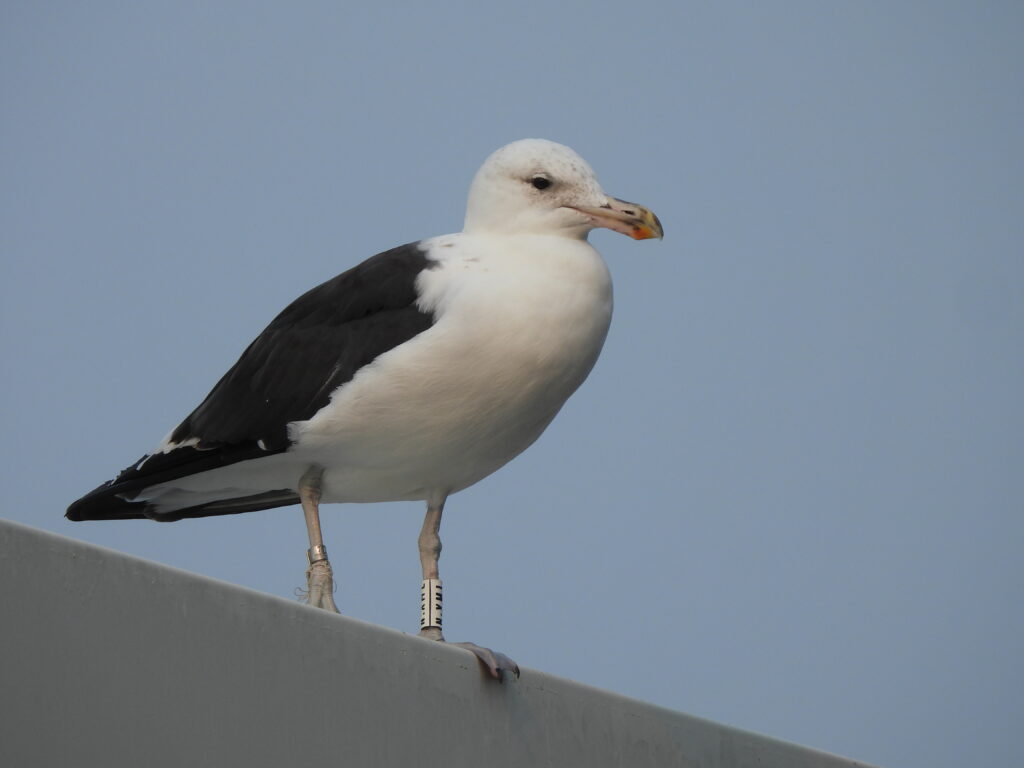
We reached Laredo on the evening of 14th August after waking up in the lush deciduous forests of Navarra and stopping around Irun near the French border to scout for a lifer — the introduced red-billed leiothrix (Leiothrix lutea). Within Spain, this stunning singer from Southeast Asia has now viable populations in Catalonia and the Basque Country. However, their skulky behavior resulted in us spending some time to get an eye on them.

Some hours of driving later, we made it to the port of Laredo. The town was packed with tourists enjoying the large sandy beach, nice weather and tasty local-sourced fish. We walked towards the port buildings. Black redstarts (Phoenicurus ochruros), white wagtails (Motacilla alba) and house sparrows (Passer domesticus) foraged on fishing gear, while carrion crows (Corvus corone) and gray herons (Ardea cinerea) flew over. Robins (Erithacus rubecula) and firecrests (Regulus ignicapilla) are not birds we usually hear just next to the sea in breeding season.
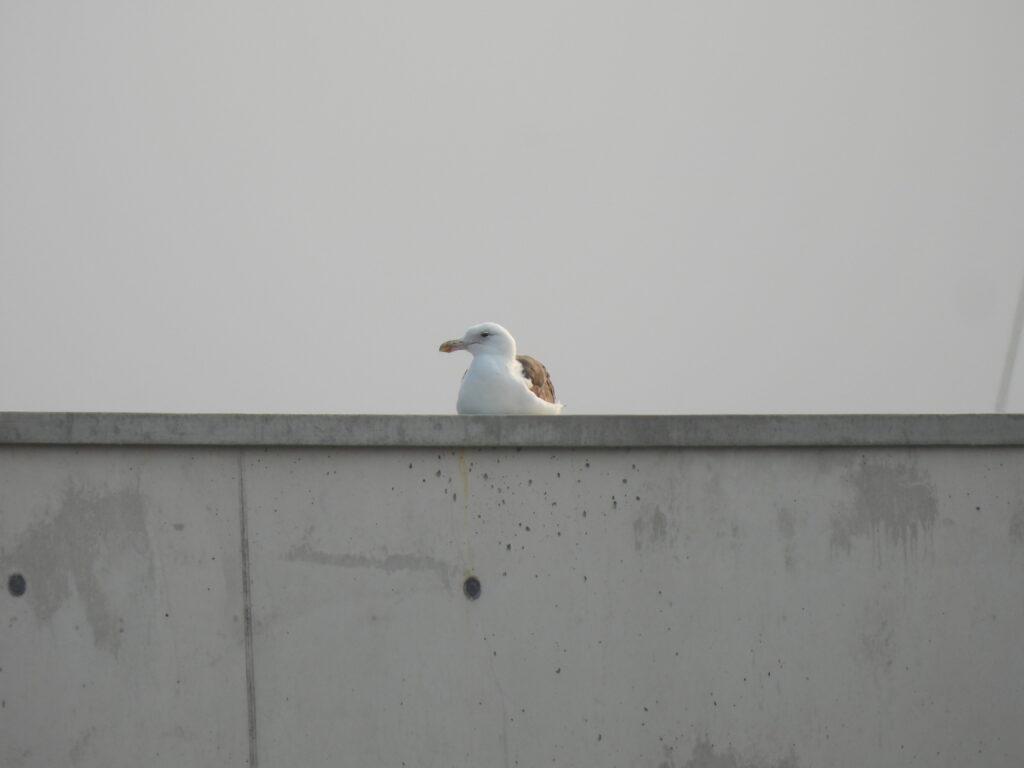
We made it to a point where we could scope the fishermen’s guild building. And indeed, there it was. Among few yellow-billed gulls (Larus michahellis), the now third calendar year Cape gull quickly called our attention. A very dark mantle, large and light bill and the white PVC ring ‘N:XML’ on its left leg. Unfortunately, the right leg was caught on a net and still had some hanging strings.
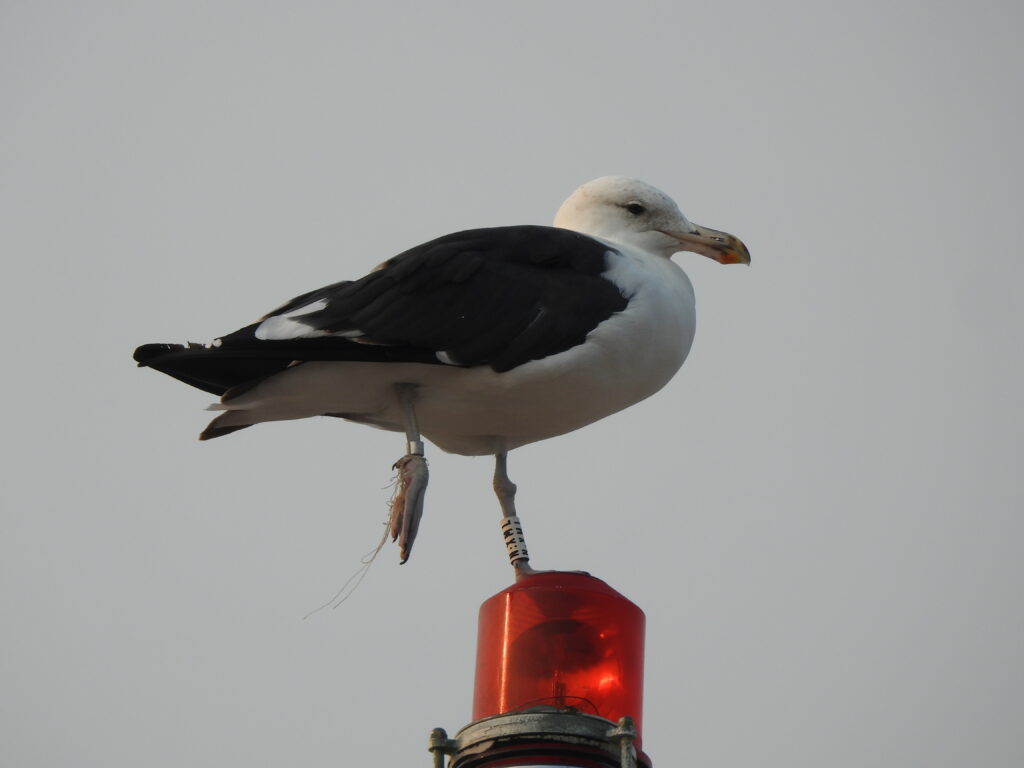
However, the bird seemed to cope with it just fine. Braulina — as we called the gull — was well known among the locals, and fishermen seemed glad to have seen dozens of birders aiming at finding this vagrant. They have been regularly feeding the bird since. The fishing boat Braulín docked and the gull flew into one of its poles, where it usually sits when at port as locals reported.
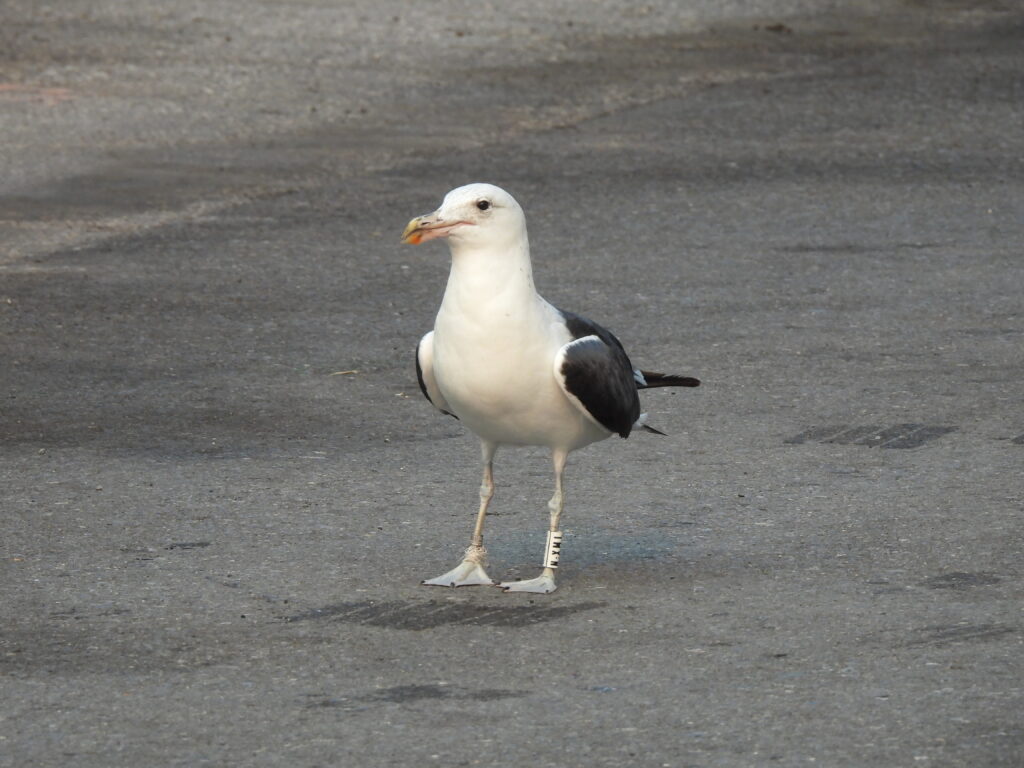
I’ve recently learned somethint astonishing about Cape gulls. Their vagrancy history to Europe is very recent, perhaps partly because of a growing understanding of ID features but likely because of a small population recently colonizing Mauritania and Western Sahara coasts just at the end of the Western Palearctic. These birds originate from the southern end of Africa. However, birds breeding in these new locations in the Northern Hemisphere have switched their breeding time to the boreal spring, rather than sticking it to austral spring (boreal autumn). I gather this must have large effects on the moult and other life history traits of the species. This could even help tracking the origin of European birds.
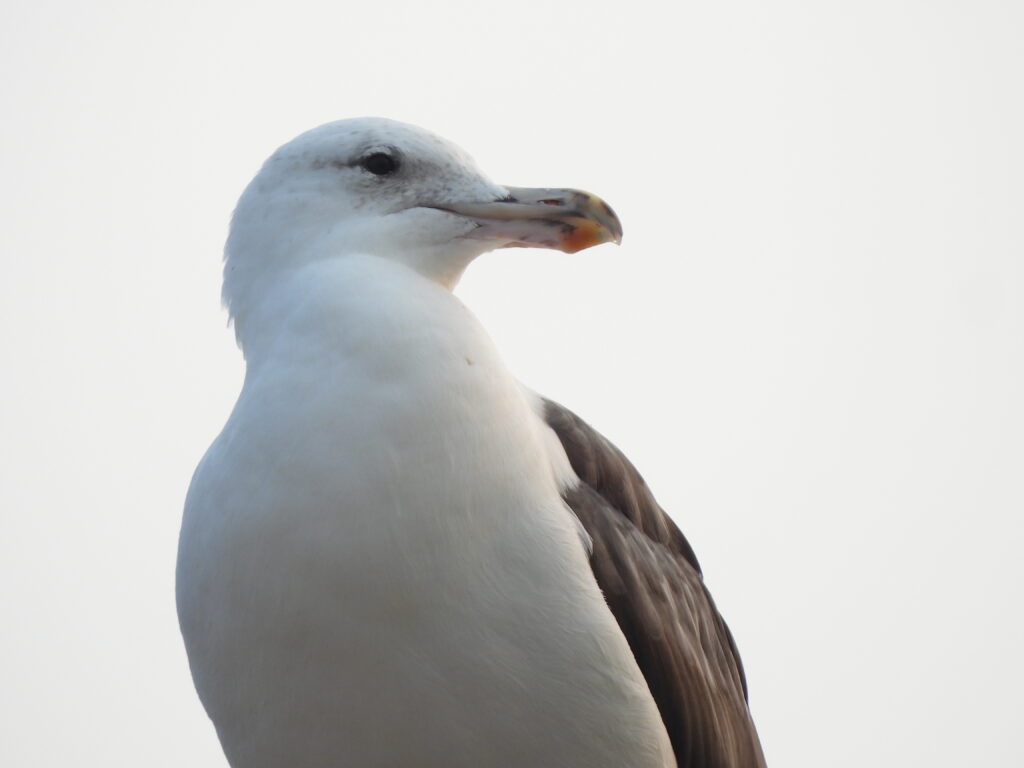
We chatted with some friends of Braulín fishermen for a while while shooting Braulina in all poses. Sadly I just ran out of battery as we first saw it but Jorge kindly shared his with me — big thanks! Then we headed to meet some friends in Laredo and get ourselves some local specialties. It got late by the time we drove west to the area of Torrelavega.
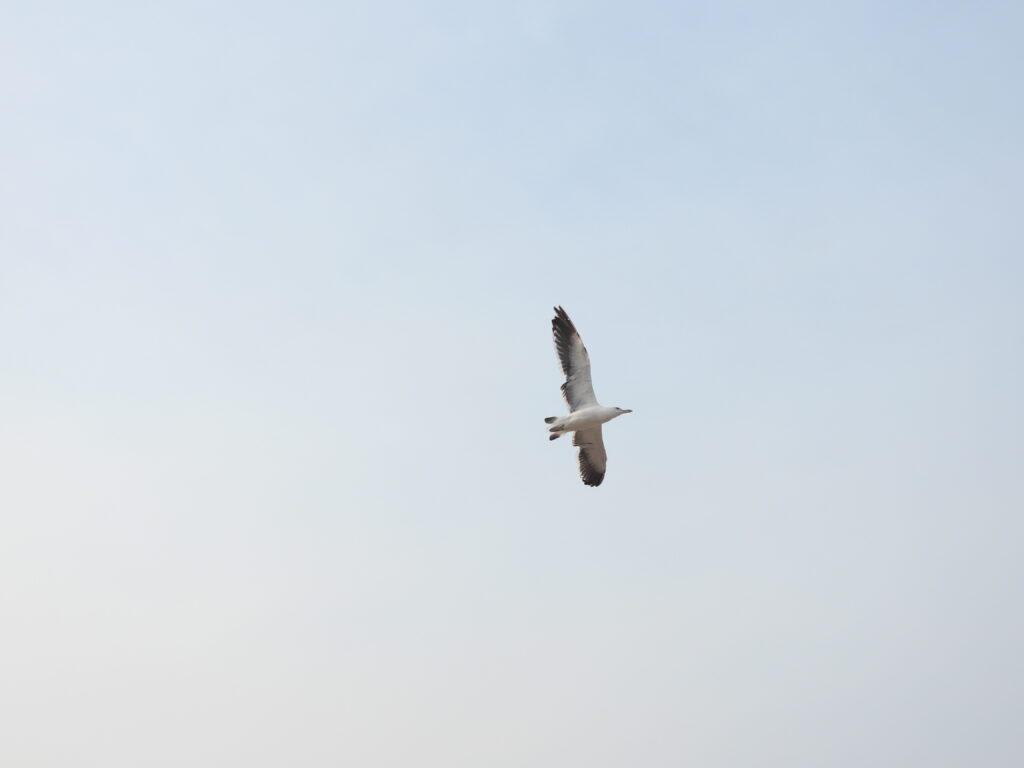
It was dark by the time we reached our next target stop, Vuelta Ostrera. We could still see few glossy ibises (Plegadis falcinellus) and flocks of black-headed gulls (Chroicocephalus ridibundus) while hearing common greenshanks (Tringa nebularia) and common redshanks (Tringa totanus) in the faintest of lights. We bumped into local legend Abel Ojugas, who is a local patcher in Vuelta Ostrera who few weeks prior to our trip located a mega willet (Tringa semipalmata), a 1st for Spain that set Vuelta Ostrera on the map for birders like us coming from far away. He kindly shared some tips to connect with local specialties on later days and suggested some good places to camp.
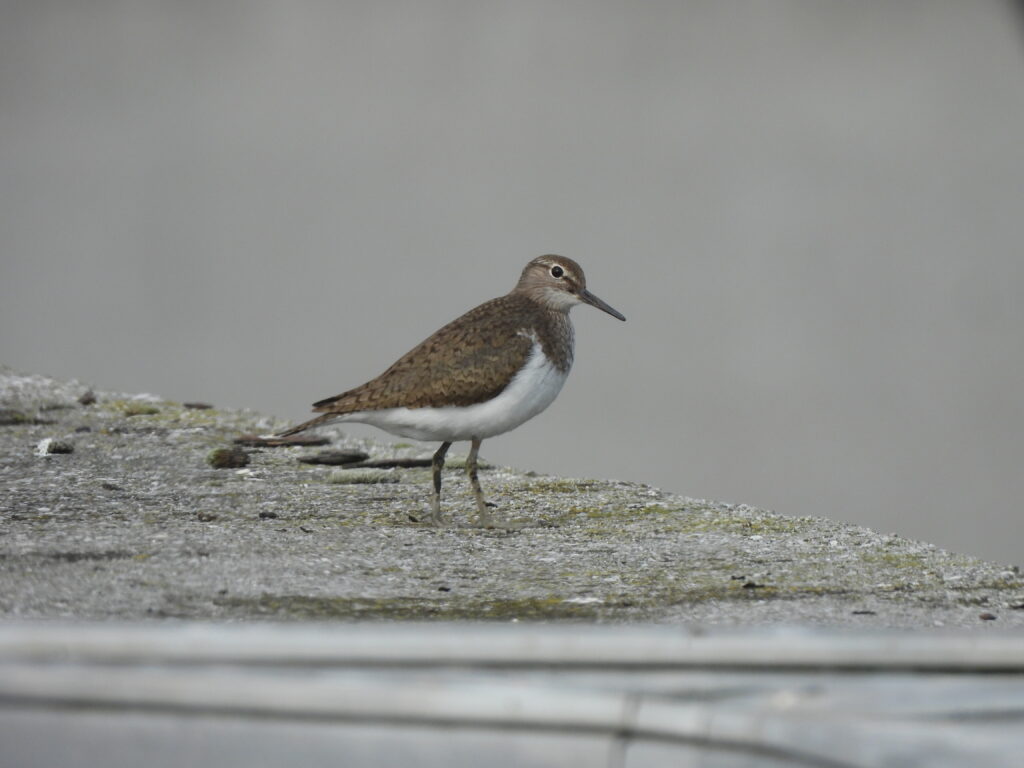
We got to Vuelta Ostrera again early on 15th August. Large tidal marshes appeared some years ago after a construction in nearby Ría de San Martín collapsed, generating a paradise for waders including common redshanks, greenshanks, whimbrels (Numenius phaeopus), curlews (Numenius arquata), black-winged stilts (Himantopus himantopus), Eurasian spoonbills (Platalea leucorodia), western cattle egrets (Bubulcus ibis) and oddities in these latitudes as glossy ibises, pied avocets (Recurvirostra avosetta) or black-crowned night-herons (Nycticorax nycticorax).
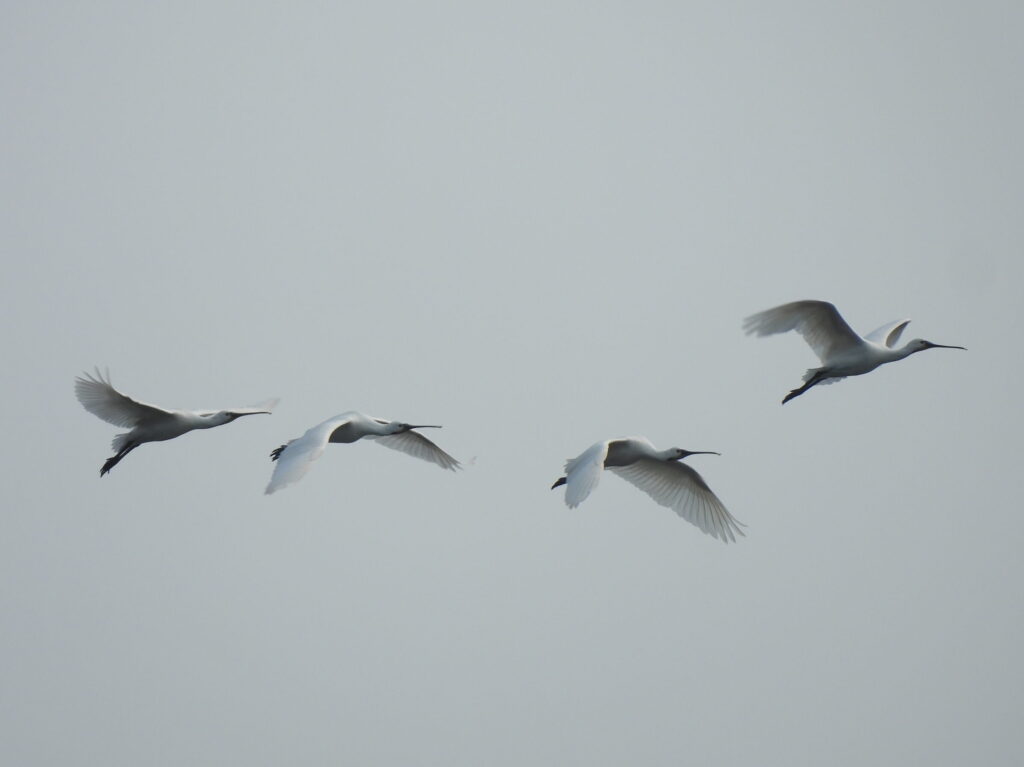
Among the very first birds in the morning, we saw one of the local ospreys (Pandion haliaetus) chasing one of two long-staying rare black storks (Ciconia nigra) over the Ría. We also got to see some of the local escapees, such as several domestic geese (Anser anser f. domestica), mute swans (Cygnus olor) and an eclipse male wood duck (Aix sponsa).
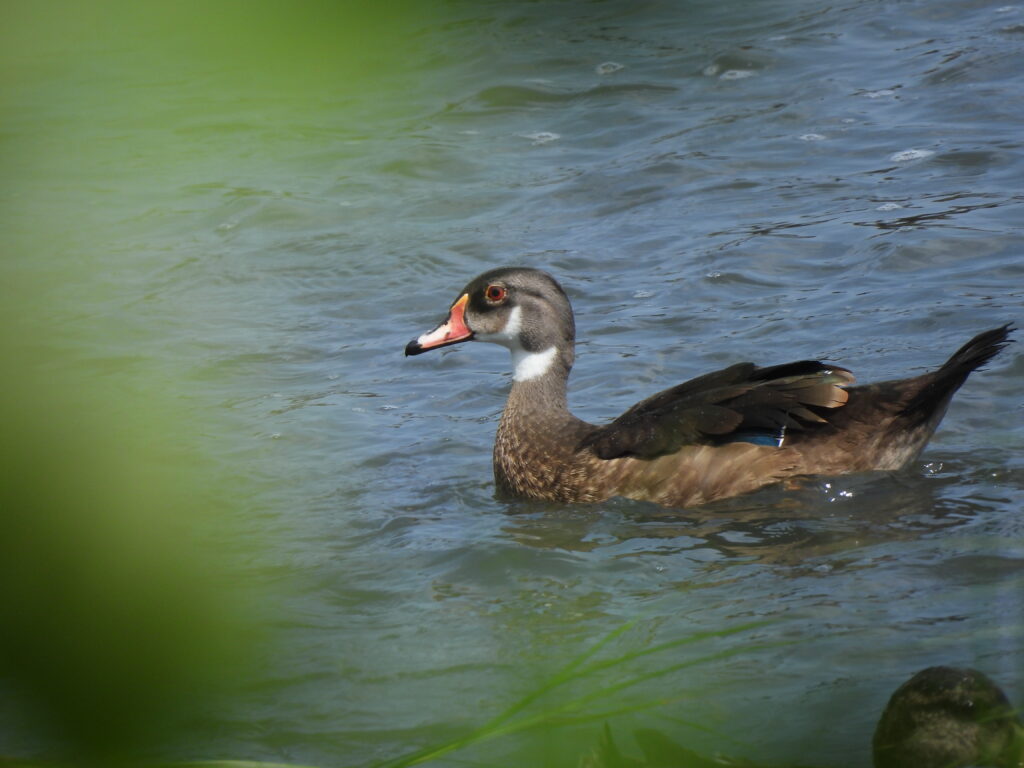
The best birding spot in the area is a small lagoon right at the outflow of the wastewater treatment plant, surrounded by some good viewpoints. Birds seem to be habituated to pedestrians, which is a plus. Dozens of black-headed gulls forage in the flowing water, where we picked a juvenile Mediterranean gull (Ichthyaetus melanocephalus). Good numbers of Eurasian teals (Anas crecca), mallards (Anas platyrhynchos) and gadwalls (Mareca strepera) were also present.
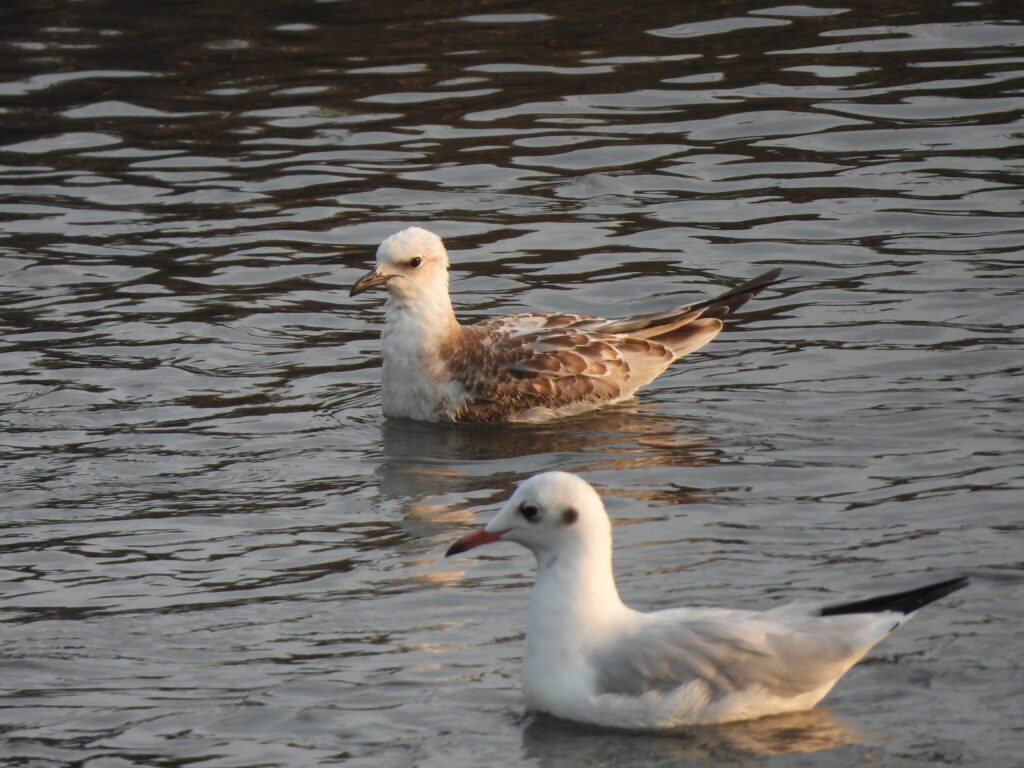
Waders were also plentiful, with good numbers of wood sandpipers (Tringa glareola), green sandpipers (Tringa ochropus), ruffs (Calidris pugnax), common sandpipers (Actitis hypoleucos) and black-tailed godwits (Limosa limosa) foraging among the gulls. White and western yellow wagtails (Motacilla flava) also joined the party, as so did some common kingfishers (Alcedo atthis). A water rail (Rallus aquaticus) made an appearance every now and then, staying out in the open for surprisingly long.
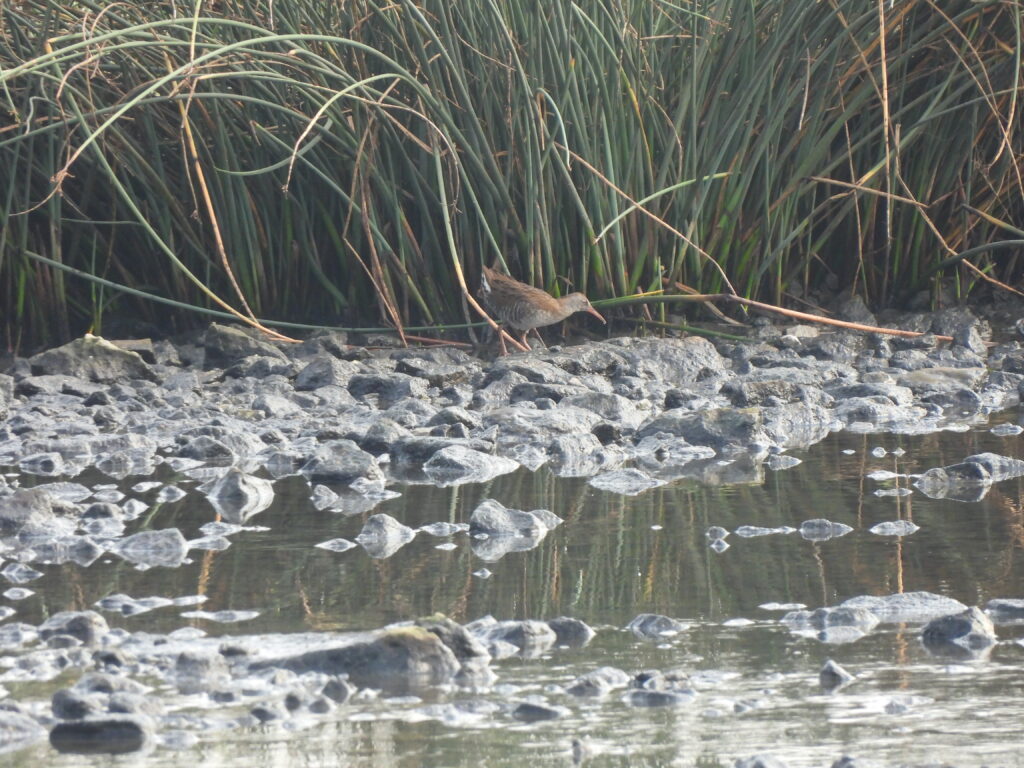
Small passerines on the move included willow warblers (Phylloscopus trochilus), common chiffchaff (Phylloscopus collybita), melodious warbler (Hippolais polyglotta), Cetti’s warblers (Cettia cetti), Eurasian blackcap (Sylvia atricapilla) and wren (Troglodytes troglodytes) in the bush, plus a good number of sedge warblers (Acrocephalus schoenobaenus) and zitting cisticola (Cisticola juncidis), some common reed warblers (Acrocephalus scirpaceus) and goldfinches (Carduelis carduelis) on the reeds.
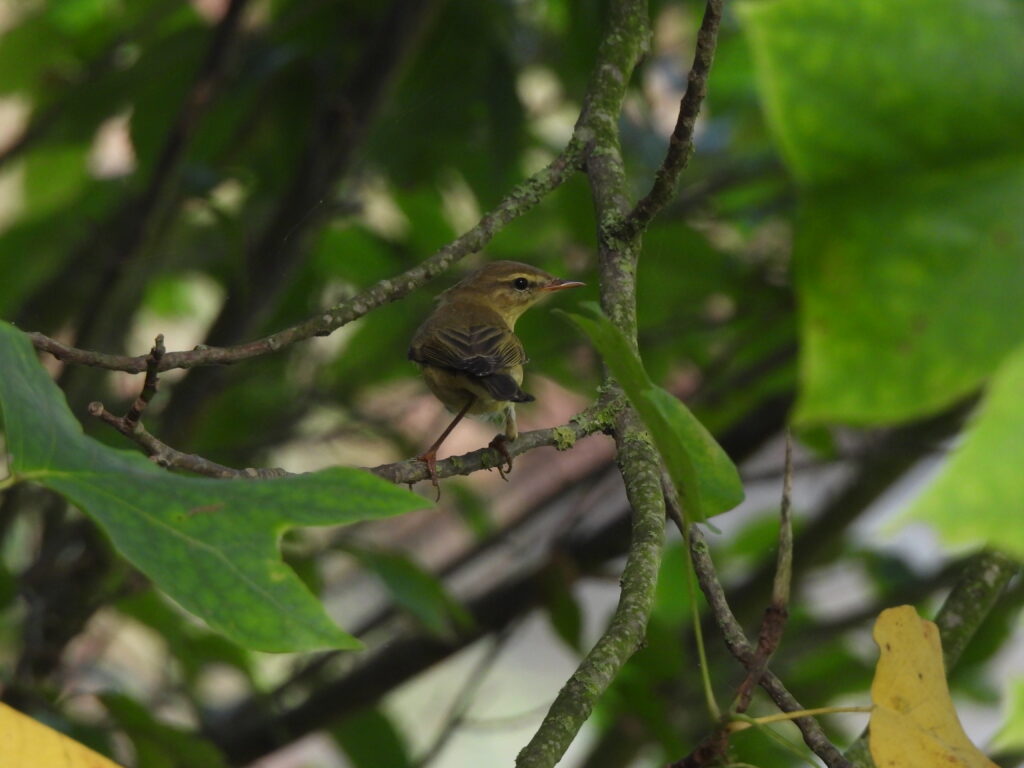
However, we were not there for any of that. Our vagrant gull did not show up. We met Abel again and got a glimpse of the flocks of black-headed gulls inside the wastewater plant, to no avail. We were due to soon leave the spot, just after we found an obliging female garganey (Spatula querquedula).

We departed to Picos de Europa but the fire hazard gave us some difficult times (read about it here). We reshaped our itinerary and visited Vuelta Ostrera again in the evening of 16th August in hopes we could connect with our vagrant gull. We focused our efforts on the pond next to the wastewater plant, where the number of birdwatchers proved positive to connect with all birds present. Garganey or Med gull were nowhere to be seen but a shoveler (Spatula clypeata) joined the party. Wader-wise, we added some new species to the already large collection of birds foraging in the tidal mudflats. This included several dunlins (Calidris alpina), a little stint (Calidris minuta) and a curlew sandpiper (Calidris ferruginea). The rail, the osprey and the black stork made an appearance again.
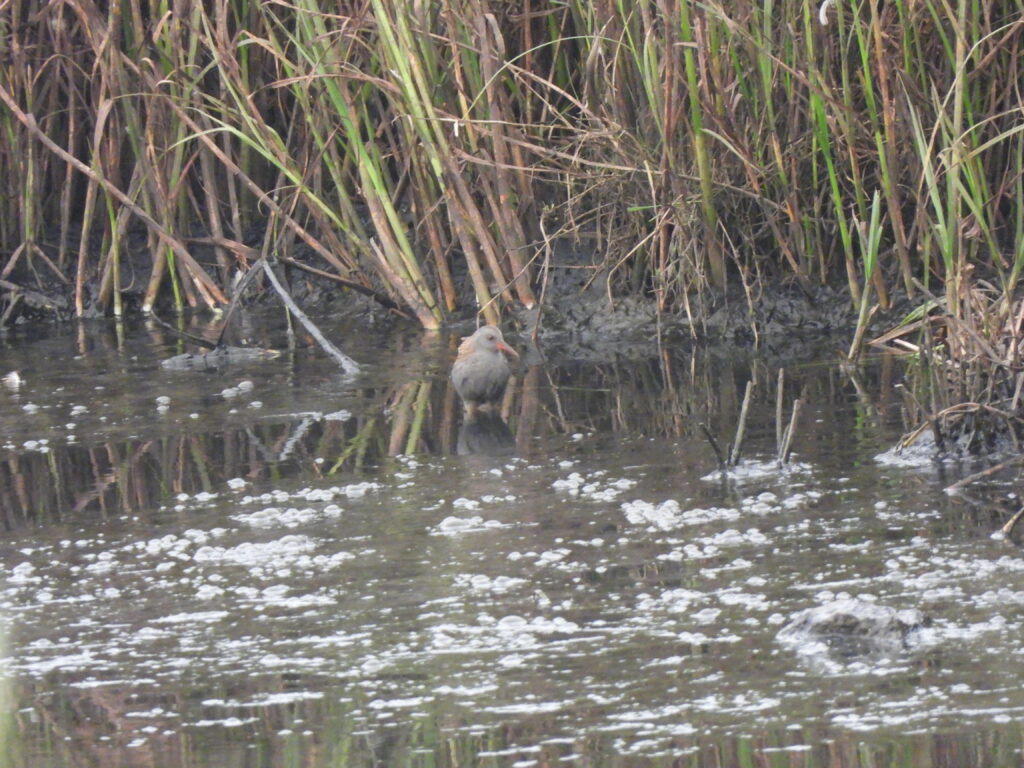
We chatted with some fellow birders and met Abel again, still without us having connected with a vagrant gull — at a certain point he took it personal. Again, we visited the wastewater plant together to scope through the black-headed gull flocks. This vagrant gull here had been spotted for some time within flocks of this species, allegedly moving between the lagoon and the plant — I beg to differ, as we scoped most of the plant numerous times to no avail.
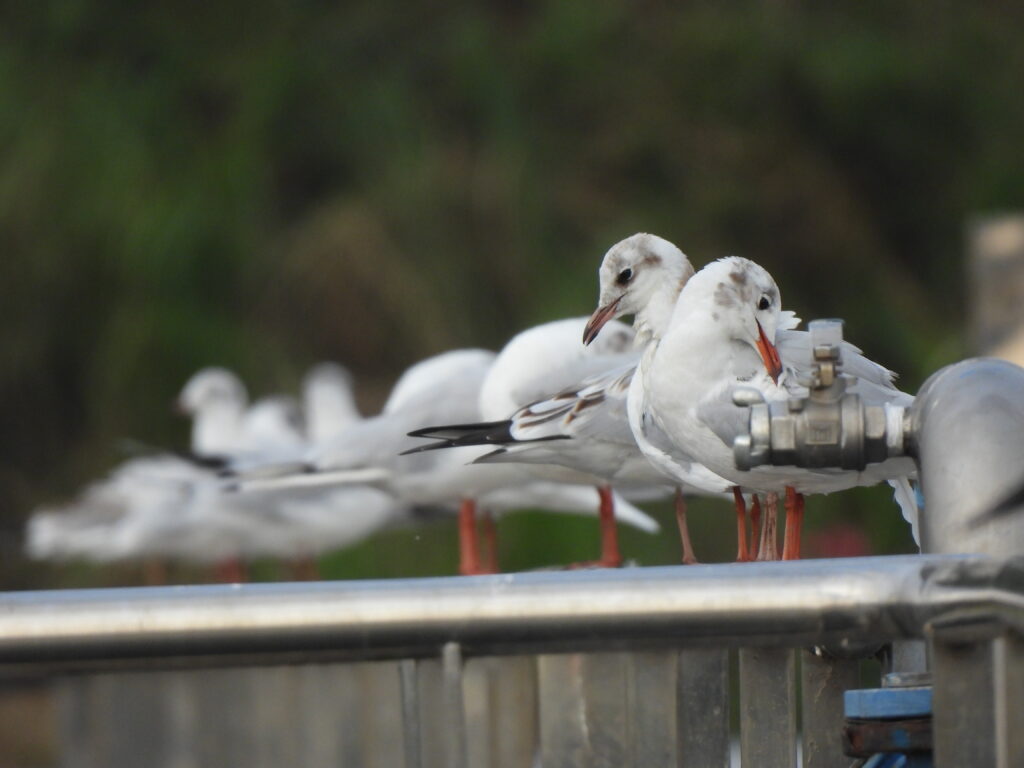
It was not until later that we succeeded. Large flocks of black-headed gulls likely flushed by some western marsh harrier (Circus aeruginosus) or black kite (Milvus migrans) far at the Ría suddenly flew closer, circling around. All birdwatchers in the area scoped every bird. At 19:05, jackpot. A stunning laughing gull (Leucophaeus atricilla) at a perfect distance.
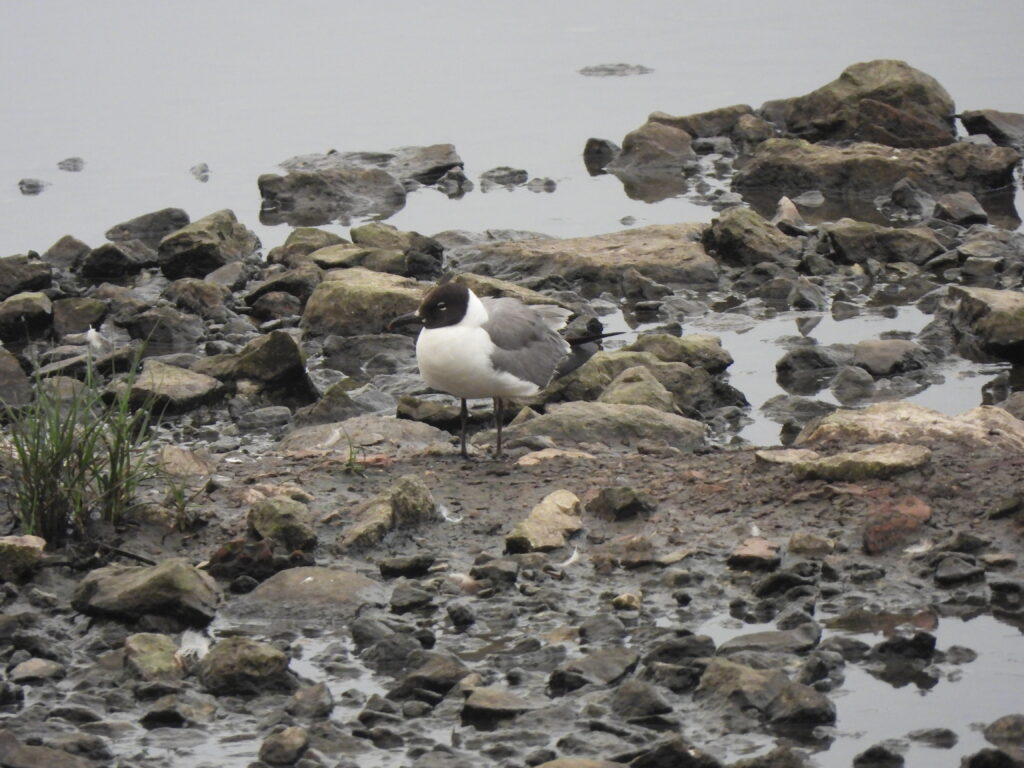
This American gull is a vagrant to the Western Palearctic, with under 70 national records in Spain. There are records of long-staying individuals attending breeding colonies of other species and returning, as was happening at the moment in Islas Cíes in Atlantic Islands National Park, Galicia.
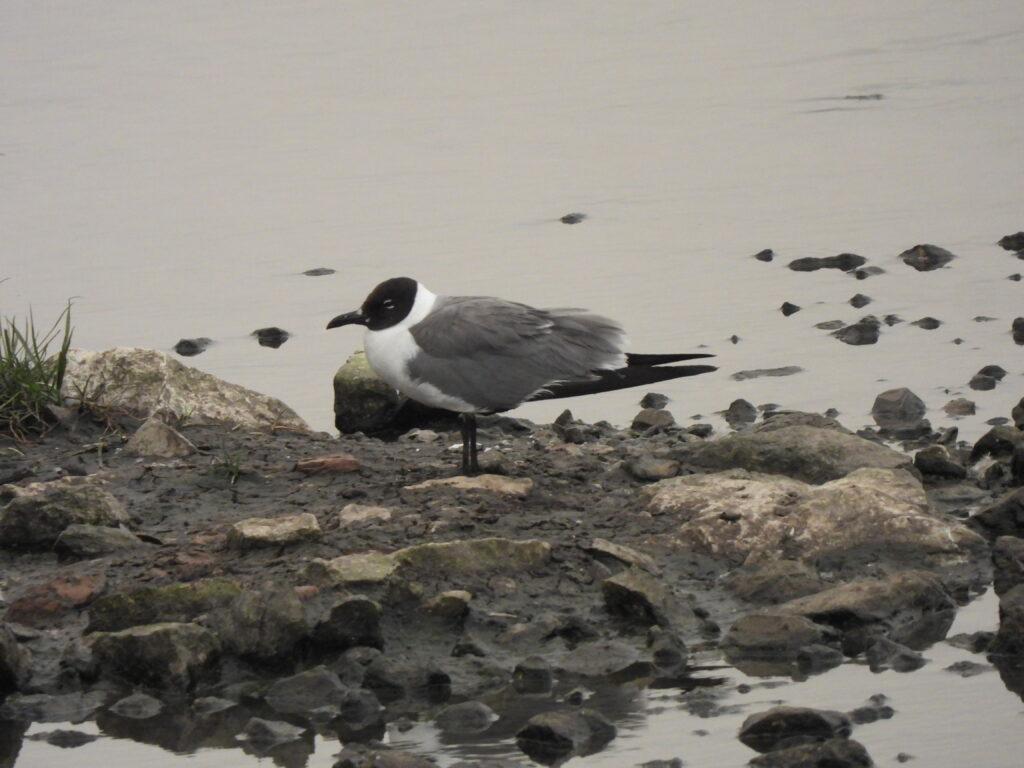
The close distance allowed us to inspect the almost impeccable breeding plumage of the laughing gull. The slaty back color stood out among the lighter local gulls. The bill was particularly dark on this bird, with small white feathers on the base. While it stayed still for almost an hour, it took flight to a distant spot in the lagoon and showed the distinctive black wingtips and white trailing edges on secondaries. This stunner bird seemed to spend the night on site alone, as we left it already at dark.
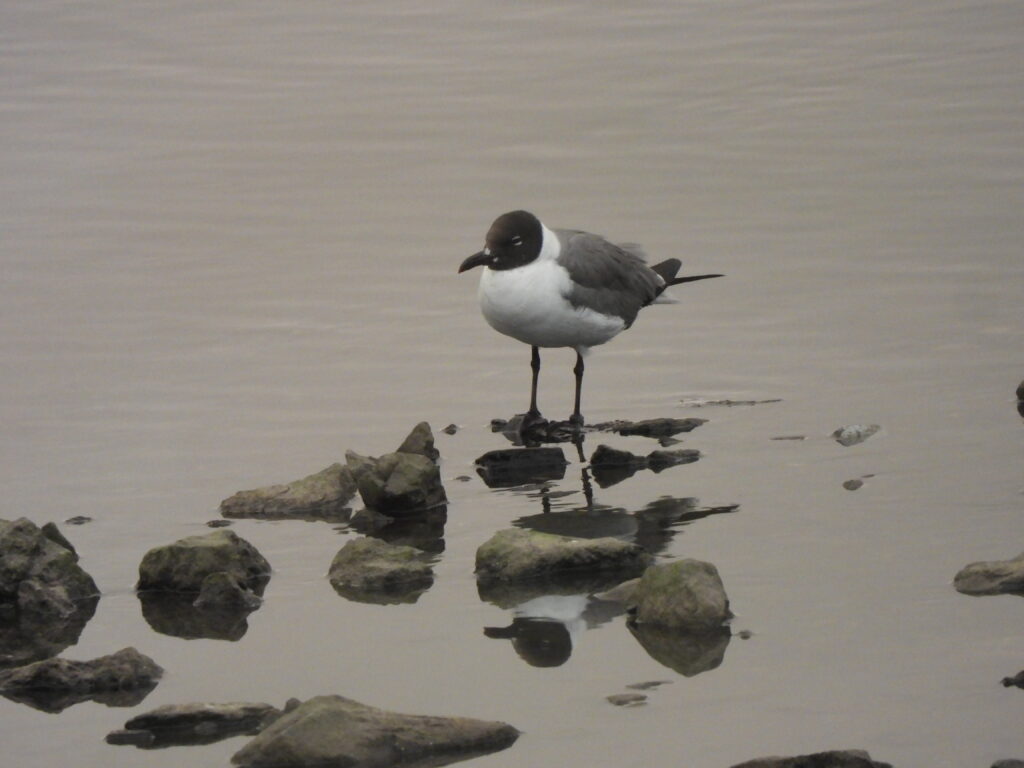
Our time up in Cantabria yielded a great chance to study features of these two fantastic gull species in a vagrancy context. We are particularly grateful for having met fellow birders, especially Abel Ojugas, who accompanied us during our time in his fantastic local patch, Vuelta Ostrera.




